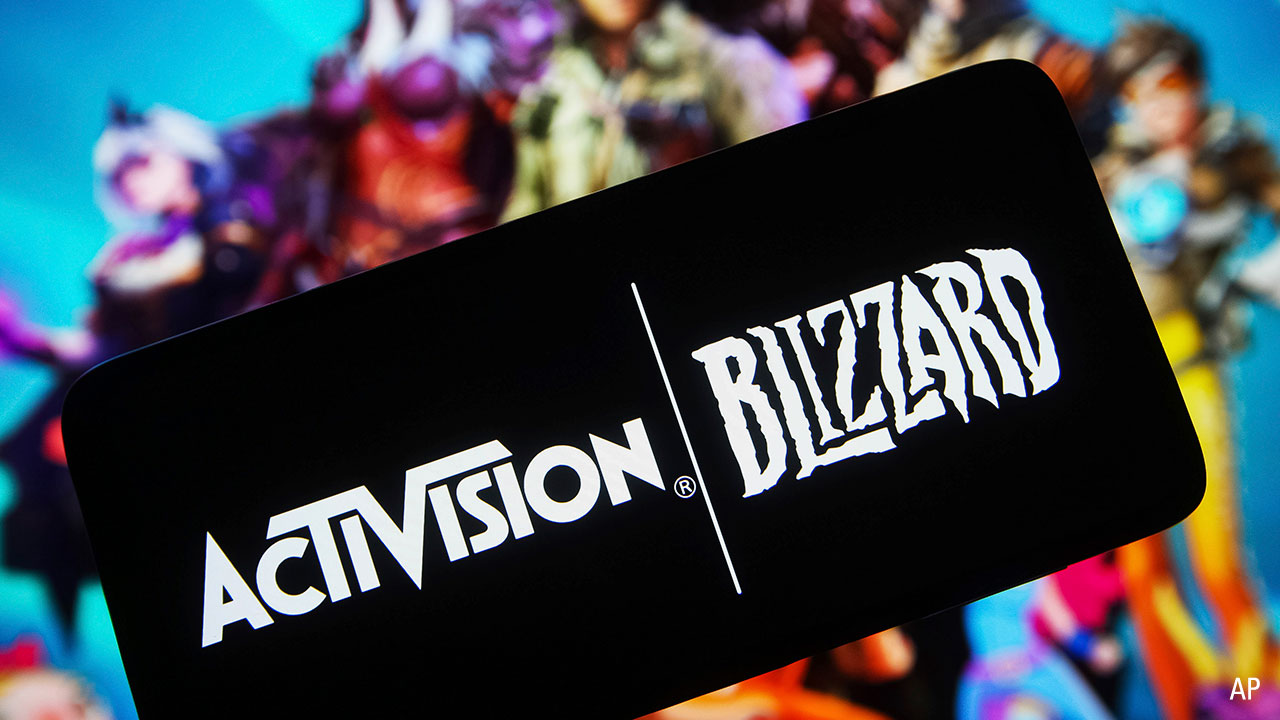For the latest ETF industry news, please refer to our “Asia ETF Roundup (Industry) – December 2021 and January 2022”.
Major Markets Performance
Geopolitical tensions were simmering as we entered 2022. Tensions between Ukraine and Russia flared and North Korea carried out a number of missile tests. Global equity markets generally slipped at the start of 2022. In January, the Morningstar Global Markets, US Market and Europe indices fell 5-6%. Asian and other emerging markets posted mixed performance. The Morningstar China Index fell 2.9% and the Morningstar Korea Index plunged 10.6%. The Morningstar Brazil Index started the year strong with a gain of 12.4%.
2021 was the second year of the pandemic. Developed equity markets generally had a good year. The Morningstar Developed Markets Index gained 21.1%. The Morningstar US Market Index saw a gain of 25.8%, and the S&P 500 Index notched a new high at the close of 2021. On the other hand, emerging markets’ performance was mixed. China equities plunged 21.1% in 2021 after a 31.6% gain in 2020. Hefty losses among some of the market’s biggest stocks drove local markets lower. For example, Alibaba (09988) lost 49.1% in 2021. Meanwhile, the Taiwanese market surged another 29.3% in 2021 after gaining 36.9% in 2020. The Indian market also surged, gaining 30.6% in 2021 (all market returns proxied by their respective Morningstar indexes in U.S.-dollar terms).
Following the fiscal stimuli applied in 2020 to support their economies amid the pandemic, central banks around the world began to apply the brakes, hiking rates in 2021. Emerging-markets central banks were particularly active on this front. Also, the U.S. Fed began tapering its bond purchases towards the end of 2021. For the year, the ICE USD Spot rate increased 6.3%. Most Asian currencies depreciated against the U.S dollar. The Japanese Yen and Thai Baht depreciated sharply, falling around 10%. On the other hand, the Renminbi gained 2.6% for the year.
In 2021, gold, platinum, and silver prices declined 4% to 13%. On the other hand, “black gold” had a strong year. WTI crude-oil futures prices surged 55.8% in 2021 and rose another 18.4% in January 2022.
Economic and Market News
Rate Hikes in Brazil and Russia; Rate cuts in China; U.S. Fed Accelerates Tapering Bond Purchases and Rate Hikes to Come
- Brazil Hikes Rates by 150bps – The Central Bank of Brazil raised its key interest rate by 150bps to 9.25% on 8 December 2021. Brazil’s central bank hiked rates seven times in 2021, collectively by 725bps. Subsequently on 2 February 2022, the Bank made another rate hike rate of 150bps.
- China Cuts RRR by 50bps – On 6 December 2021, The People’s Bank of China (PBOC) announced to reduce the required reserve ratio (RRR) by 50bps. This put the weighted average RRR for financial institutions in China at 8.4%. PBOC cut the required reserve ratio twice in 2021, collectively by 100bps. The PBOC expected the cut would release around RMB 1.2 trillion (US$189 billion) in long-term liquidity into the economy.
- China Cut Rates by 5bps and 10bps – The People’s Bank of China cut its 1-year loan prime rate (LPR) by 5 bps to 3.80% on 20 December 2021, followed by a cut of 10bps on 20 January 2022. The last time the bank reduced the rate was in April 2020.
- Russia Hikes Rates by 100bps – The Central Bank of Russia raised its key interest rate by 100bps to 8.50% on 17 December. Russia’s central bank raised rates seven times in 2021, collectively by 425bps. The Bank stated that “If the situation develops in line with the baseline forecast, the Bank of Russia holds open the prospect of further key rate increase at its upcoming meetings.”
- UK Hikes Rates by 15bps – The Bank of England raised its key interest rate by 15bps to 0.25% on 15 December. This marked the Bank’s first hike since February 2017. The Bank’s summary stated that “the Committee continues to judge that there are two-sided risks around the inflation outlook in the medium term, but that some modest tightening of monetary policy over the forecast period is likely to be necessary to meet the 2% inflation target sustainably.” Subsequently on 3 February 2022, the Bank hiked rates by 25bps.
- U.S. Fed Accelerates Tapering Bond Purchases and Rate Hikes to Come – On 15 December, the U.S. Federal Reserve announced that in January, it will reduce the monthly pace of its net asset purchases by US$20 billion for Treasury securities and US$10 billion for agency mortgage-backed securities, doubling the amount versus its beginning level when it started tapering in November. This will bring the Fed’s bond purchasing program to an end in March 2022. Subsequently on 26 January 2022, while the FOMC committee decided to keep target rates unchanged, the committee commented that “it will soon be appropriate to raise the target range for the federal funds rate.”
China Economic Data: 2021 GDP Grew 8.1%; Inflation at 0.2% in December; Caixin/Markit PMI and Official PMI fell in January 2022
- China’s 2021 GDP growth clocked in at 8.1% (and 4.0% YoY in Q4 2021). This compares to the “above 6%” target set for 2021.
- Inflation registered at 2.3% and 0.2% in November and December 2021, respectively. This compares to a reading of 1.5% in October 2021.
- China’s Caixin/Markit PMI rose to 50.9 in December 2021, from a reading of 49.9 in November 2021, but retreated to 49.1 in January 2022. The official PMI followed a similar trend, the reading rose to 50.3 in December, from November’s reading of 50.1, followed by a reading of 50.1 in January.











.png)









